When transferring shares, particularly in cases where the original shareholder is deceased or shares are unclaimed, an indemnity bond is an essential legal document. This bond provides a protection for the company, ensuring that if disputes or claims arise over the ownership of shares, the responsibility lies with the claimant. Drafting an indemnity bond, however, is not without its challenges. Many individuals make errors that can lead to delays, rejections, or legal complications. This article explores the importance of an indemnity bond in share transmission, common mistakes to avoid, and tips for creating an effective document.
Importance of an Indemnity Bond in Share Transmission
An indemnity bond acts as a legal assurance to companies during the process of share transmission. When shares are transferred from a deceased or missing shareholder to their legal heirs, nominees, or rightful owners, companies face the risk of future claims. The indemnity bond shifts this liability to the new shareholder, offering the company protection against any disputes that may arise. Without this bond, companies might be exposed to lengthy legal battles, financial losses, or reputational damage.
Key Mistakes to Avoid When Drafting an Indemnity Bond
Incomplete or Inaccurate Information
Providing incorrect or incomplete details in the indemnity bond is a common mistake. Missing information, such as the shareholder's name, number of shares, or legal heir details, can cause delays or rejections. Key considerations include:
-
Ensuring the shareholder's name matches the company’s records.
-
Accurately specifying the type and number of shares being transferred.
-
Properly identifying legal heirs or nominees with verified documentation.
Failure to cross-check these details often results in unnecessary complications.
Ignoring Legal Requirements
An indemnity bond must meet specific legal requirements to be valid. Neglecting these can render the document ineffective. Common requirements include:
-
Notarization: A notarized bond has greater legal credibility and is often mandatory.
-
Stamp Duty: Paying the correct stamp duty is essential, as it varies by jurisdiction.
-
Witness Signatures: Witness signatures add validity and may be a requirement for some companies.
Verify these requirements with the company’s registrar to avoid procedural delays.
Ambiguous Terms of Indemnity
Unclear terms can lead to misunderstandings and disputes. The bond should explicitly define:
-
Scope of Indemnity: Specify whether it covers all shares or a particular class.
-
Duration: Mention if the indemnity has a time limit.
-
Conditions for Claims: Clearly state the events or conditions that trigger the indemnity.
Ambiguity in these areas can complicate the company’s ability to enforce the bond.
Incorrect Format or Language
Using the wrong format or language is another common mistake. Many companies have specific templates or requirements for indemnity bonds. Avoid:
-
Informal or vague language.
-
Missing key sections, such as the indemnity clause or liability terms.
-
Non-compliance with company-prescribed formats.
When in doubt, consult with the company or a legal expert to ensure the document is acceptable.
Lack of Supporting Documents
Supporting documents are important for the validation of the indemnity bond. Missing or incomplete documents can halt the process. Essential documents often include:
-
Death certificate of the original shareholder.
-
Succession certificate or legal heir certificate.
-
Identity proof of the claimant.
Create a checklist to ensure all necessary documents are included.
Best Practices for Drafting an Effective Indemnity Bond
To avoid common mistakes, follow these best practices:
-
Consult with Compliance Calendar LLP Experts: Drafting an indemnity bond involves legal nuances. Consult with our experts who are familiar with share transfer procedures to ensure the bond is legally sound.
-
Use a Standard Template: Many companies provide templates or sample formats for indemnity bonds. Using these templates ensures compliance with their requirements and saves time.
-
Verify Jurisdictional Requirements: The stamp duty and other legal stipulations vary across states or countries. Verify these details to avoid penalties or rejection.
-
Prepare Multiple Copies: Always prepare multiple copies of the bond for personal records and company submission. Having duplicates ensures you can produce the document if needed in the future.
-
Double-Check Supporting Documents: Before submitting the bond, verify that all required documents are attached and correctly filled out. This reduces the chances of delays.
-
Draft Clear Terms: Ensure that the language used is clear and brief. Avoid legal nonsense that could confuse the parties involved.
-
Include Witnesses: Having witness signatures, even if not mandatory, adds credibility to the document.
Conclusion
Drafting an indemnity bond for share transmission is an important step in ensuring a smooth and legally compliant transfer process. By avoiding common mistakes like providing incomplete information, ignoring legal requirements, or using ambiguous terms, you can minimize delays and potential disputes. Following best practices and consulting with our experts can further streamline the process. Remember, attention to detail and thorough preparation are key to drafting a strong indemnity bond that protects both the company and the claimant.
FAQs
Q1. What is the purpose of an indemnity bond in share transmission?
Ans. An indemnity bond serves as a legal safeguard for companies during share transmission, ensuring that the new shareholder assumes liability for any future claims or disputes regarding the shares.
Q2. Is notarization mandatory for an indemnity bond?
Ans. While not mandatory in all cases, notarization is highly recommended as it enhances the bond’s legal validity and credibility.
Q3. What happens if the indemnity bond is not stamped correctly?
Ans. An improperly stamped bond may be considered invalid, leading to delays or rejection of the share transfer request.
Q4. Can I draft an indemnity bond without a lawyer?
Ans. Yes, but it’s advisable to consult a legal expert to ensure the bond meets all legal and procedural requirements.
Q5. What supporting documents are required for an indemnity bond?
Ans. Typically, documents like the death certificate, succession certificate, legal heir certificate, and ID proof of the claimant are required.
Q6. How do I ensure the bond’s format is correct?
Ans. Check with the company’s registrar or use a company-provided template to ensure compliance with the required format.
Q7. Can an indemnity bond be rejected?
Ans. Yes, bonds can be rejected due to incomplete information, lack of notarization, insufficient stamp duty, or missing supporting documents.











































































_crop10_thumb.jpg)


































































_crop10_thumb.jpg)
_crop10_thumb.jpg)



_crop10_thumb.jpg)


_crop10_thumb.jpg)





_crop10_thumb.jpg)

_crop10_thumb.jpg)














-suratgujarat-section-158_crop10_thumb.jpg)
-suratgujarat_crop10_thumb.jpg)
-(33)_crop10_thumb.jpg)



-ahmedabad_crop10_thumb.jpg)
-learn_crop10_thumb.jpg)

-learnn_crop10_thumb.jpg)


























































_crop10_thumb.jpg)























_Guidelines_learn_crop10_thumb.jpg)























_learn_crop10_thumb.jpg)
_crop10_thumb.jpeg)










_crop10_thumb.jpg)




_Second_Amendment_Rules,_2025_learn_crop10_thumb.jpg)







_learn_crop10_thumb.jpg)












































_learn_crop10_thumb.jpeg)









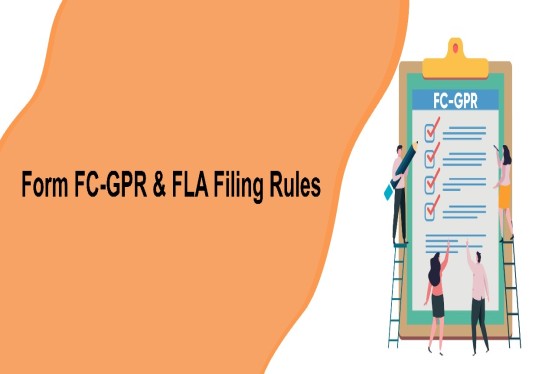













_learn_crop10_thumb.jpg)



_rd_roc_learn_crop10_thumb.jpg)




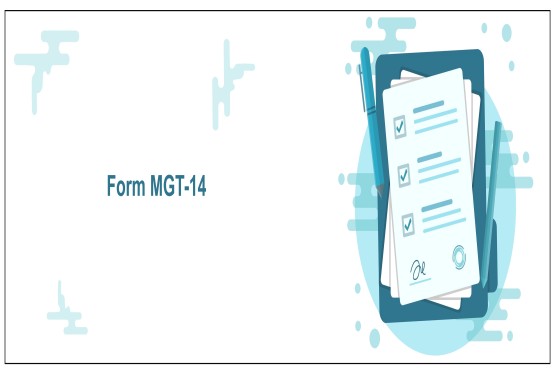

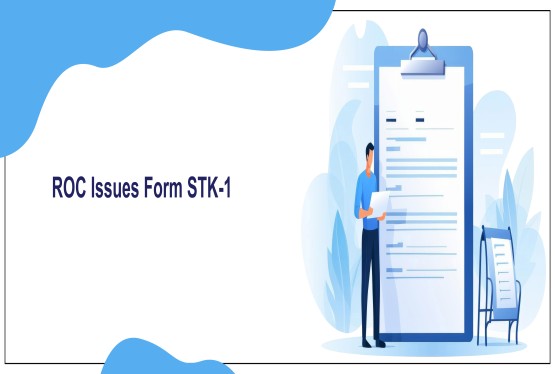









_learn_crop10_thumb.jpg)














_learn_crop10_thumb.jpg)
_Learn_crop10_thumb.jpg)















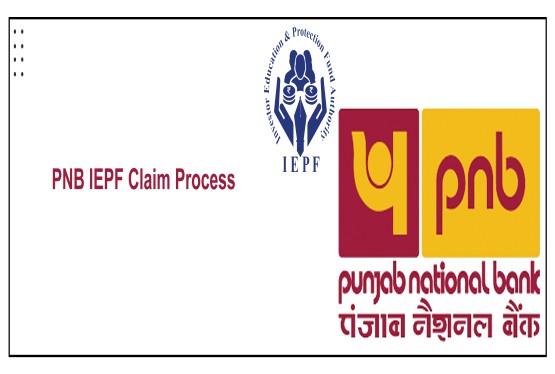



















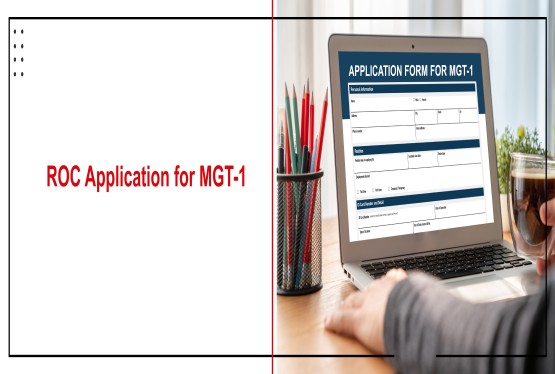







_learn_crop10_thumb.jpg)



